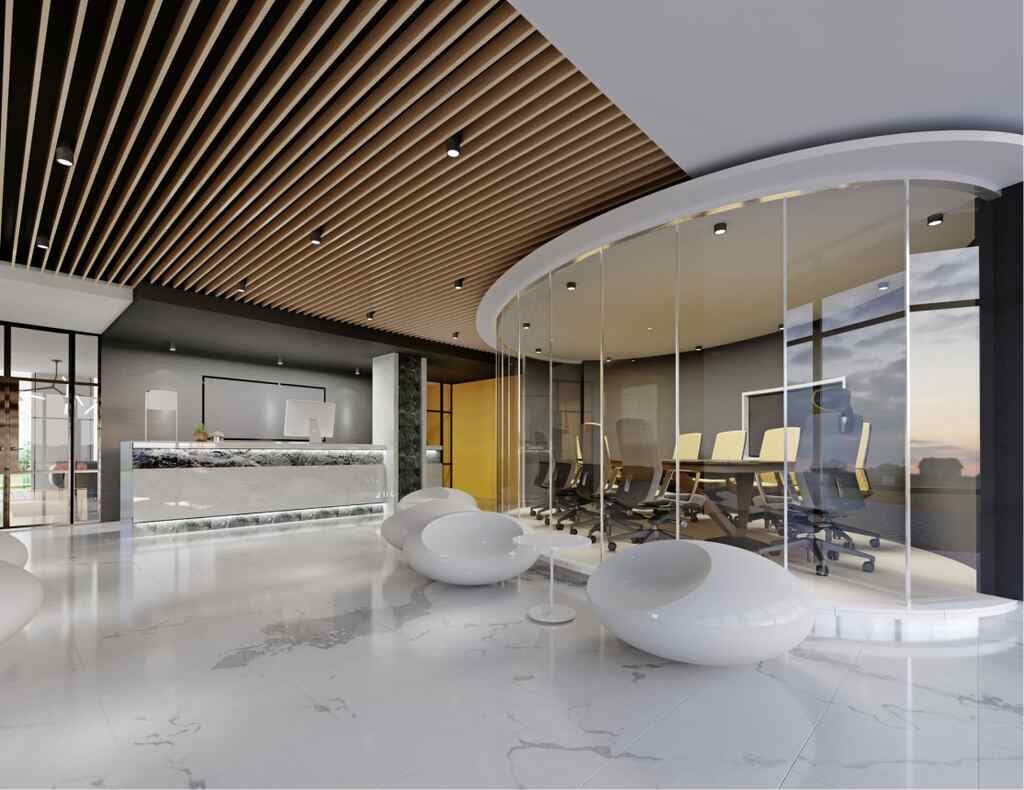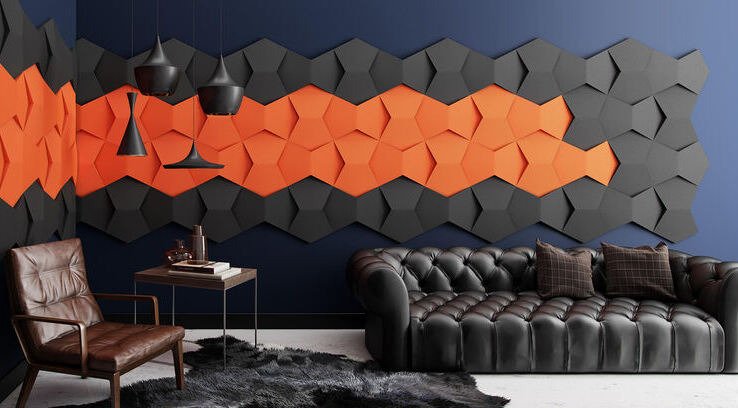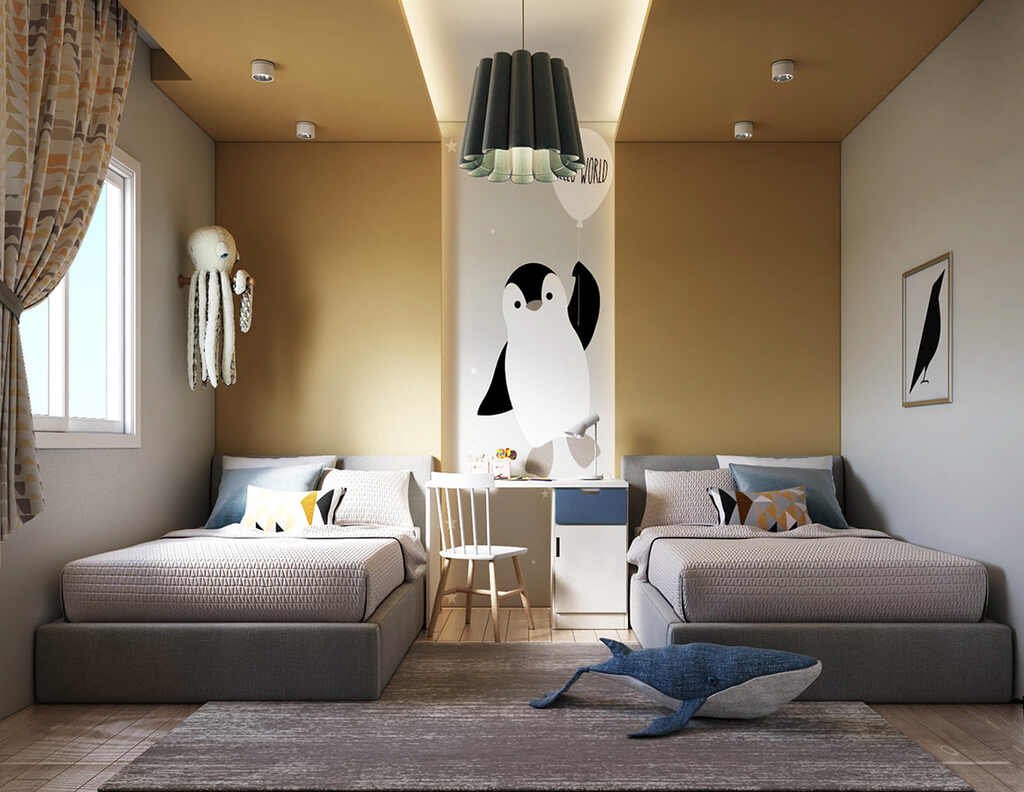When it comes to interior design, incorporating natural elements can add a touch of elegance and timelessness to any space. Natural stone is a sought-after construction and design material, widely acclaimed for its enduring beauty, strength, and versatility. With its varied textures, unique patterns, and earthy tones, stone lends an unmatched character and charm to your interior.
From beautifully veined marble to translucent onyx, classic granite, robust basalt, and more, the natural stone suppliers Melbourne cater to various aesthetic and functional needs.
In this article, we’ll explore 10 expert tips for incorporating stone into your interior design.
1. Choose Stone As Your Focal Point
Stone can serve as a stunning focal point in any room. Its natural beauty and durability make it a perfect choice for creating a statement piece—like a dramatic stone archway, a cozy fireplace mantle, or something beautifully functional like a marble kitchen countertop.
If you’re feeling bold and have the budget to spare, transform an ordinary wall into a captivating focal point by incorporating stone as an accent wall. Whether it’s in the living room, bedroom, or dining area, a span of stone or cladding can instantly elevate the aesthetics of the space. It adds depth, texture, and a touch of nature, creating a visually appealing backdrop for your furniture and décor.
2. Consider The Room’s Function
Choose the type of stone based on the room’s purpose. Porous stones, like marble and limestone, are perfect for less-trafficked areas, like bathrooms and formal dining rooms. For high-traffic areas, like the kitchen and entryway, consider durable stones, like granite and quartzite.
Incorporating stone into your furniture pieces can add a luxurious and eclectic touch to your interior design. Functional custom pieces, like a coffee station bar, can become the centerpiece of your living space. Not only do they provide functionality, but they also showcase the natural beauty of the stone and take your design to a whole new level.
3. Pair Stone With Complementary Materials
To enhance the aesthetic appeal of natural stone, consider pairing it with complementary materials. Wood, glass, and metal are excellent choices that can create an interesting contrast and balance in your design. For example, a stone fireplace surrounded by a wooden mantel and glass accents can create a captivating visual effect.
Don’t be afraid to mix different types of stones—a marble countertop paired with a limestone floor, for example. Or consider combining stone with other materials like wood and metal for a rich, layered look that feels grounded and balanced.
4. Consider Different Types And Embrace Imperfections
There is a wide variety of natural stones available, each with its unique characteristics. Marble, granite, limestone, and slate are just a few examples of the many options to choose from.
Consider the color, pattern, and texture of the stone to find the one that best suits your design vision. For example, marble offers a luxurious appeal with its elegant veining, while slate exudes a modern feel with its layered texture.
Part of the charm of natural stone lies in its imperfections. Every chip, crack, and vein tells a story. Rather than seeing these as flaws, embrace them as unique characteristics that add to your home’s character and charm.
5. Small Can Be Beautiful
If you’re new to the world of natural stone, consider starting with small accents like a granite tabletop or coffee table. These accessories can add a touch of luxury to your space without overwhelming it. Remember, it’s often the small details that make a significant impact.
To introduce stone more subtly, decorative accessories—like stone vases, sculptures, fruit bowl bookends, or even a simple stone candleholder—can add a touch of nature and elegance to any room. These smaller stone accents can tie the design together and create a cohesive look throughout your space.
6. Explore Different Cuts of Stone
In addition to the types of stone available, you can experiment with different cuts to achieve various design effects. From the sleek lines of rectangular cuts to the rustic appeal of irregular shapes, the stone’s cut can significantly impact the overall look and feel of the space.
Experiment with different cuts and arrangements to find the perfect match for your interior design style. You can even choose cladding, which is versatile.
7. Enhance The Ambiance With Stone Lighting Fixtures
To take your stone design to the next level, consider incorporating stone lighting fixtures or illuminating your focal stone wall with dramatic lighting. These unique fixtures can create a mesmerizing ambiance, casting intriguing patterns and diffusing warm light throughout the space.
Whether it’s a pendant light, a table lamp, or wall sconces, stone lighting fixtures can add a touch of sophistication and elegance to any room.
8. Bring The Outdoors In
Using stone inside your home is a fantastic way to blur the boundaries between your indoor and outdoor spaces, especially if you use similar or complementary stones. This is particularly effective in homes with large glass windows or doors that overlook a garden or patio.
9. Maintain Balance
While stone brings undeniable beauty, it can also make a space feel cold and austere if overdone. To prevent this, balance the hardness and coolness of stone with soft, warm elements like plush rugs, upholstered furniture, and drapes.
10. Choose The Right Finish
The stone finish can dramatically change its appearance. A polished finish gives a sleek, modern feel, while a honed finish offers a more natural, rustic look. Think about the mood you want to create in your space before deciding on the finish.
Conclusion
Incorporating stone into your interior design can bring a sense of timelessness and natural beauty to any space. By following these expert tips and exploring the various possibilities, you can create a truly remarkable home environment that is both visually appealing and functional.
Recommended Posts:
















